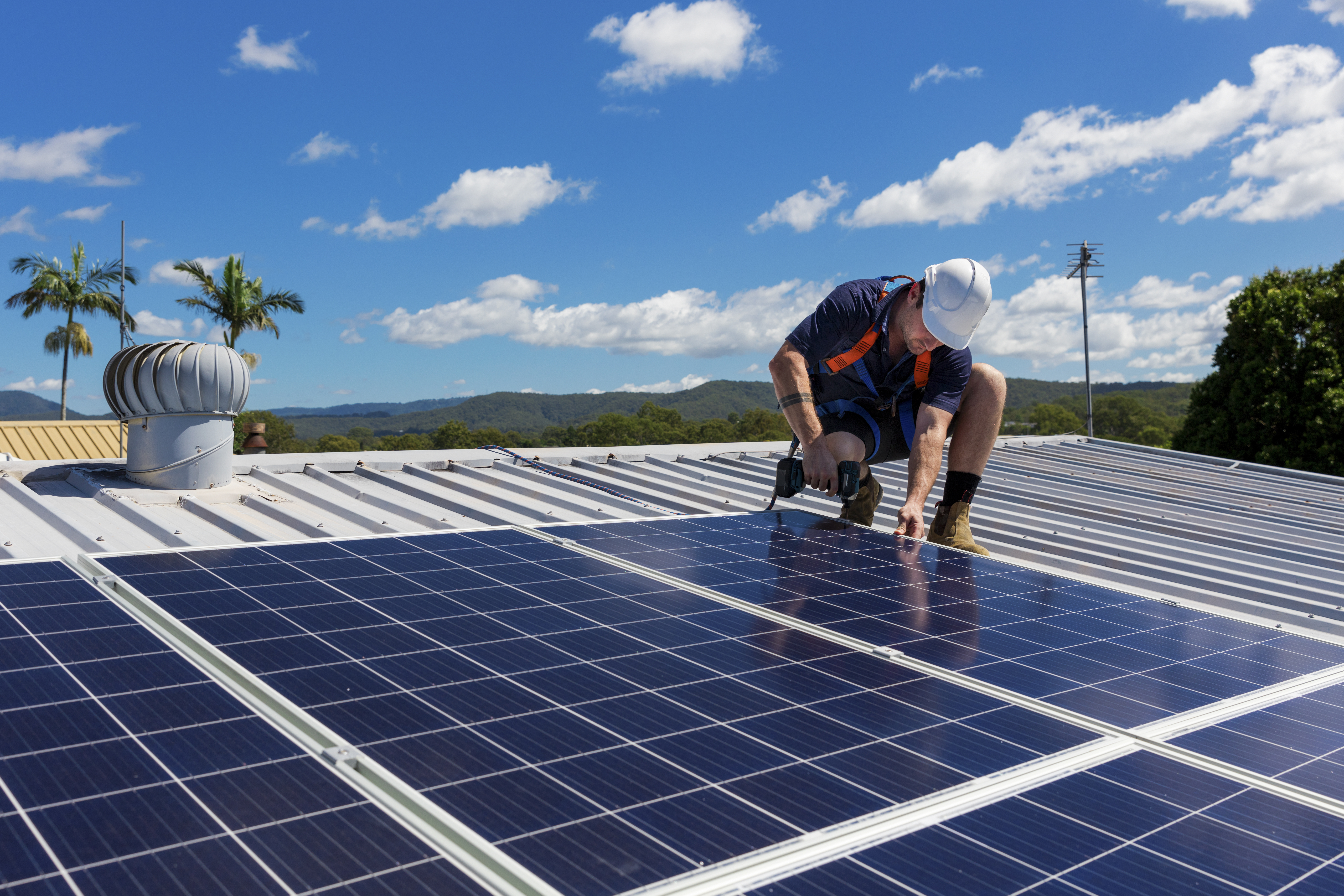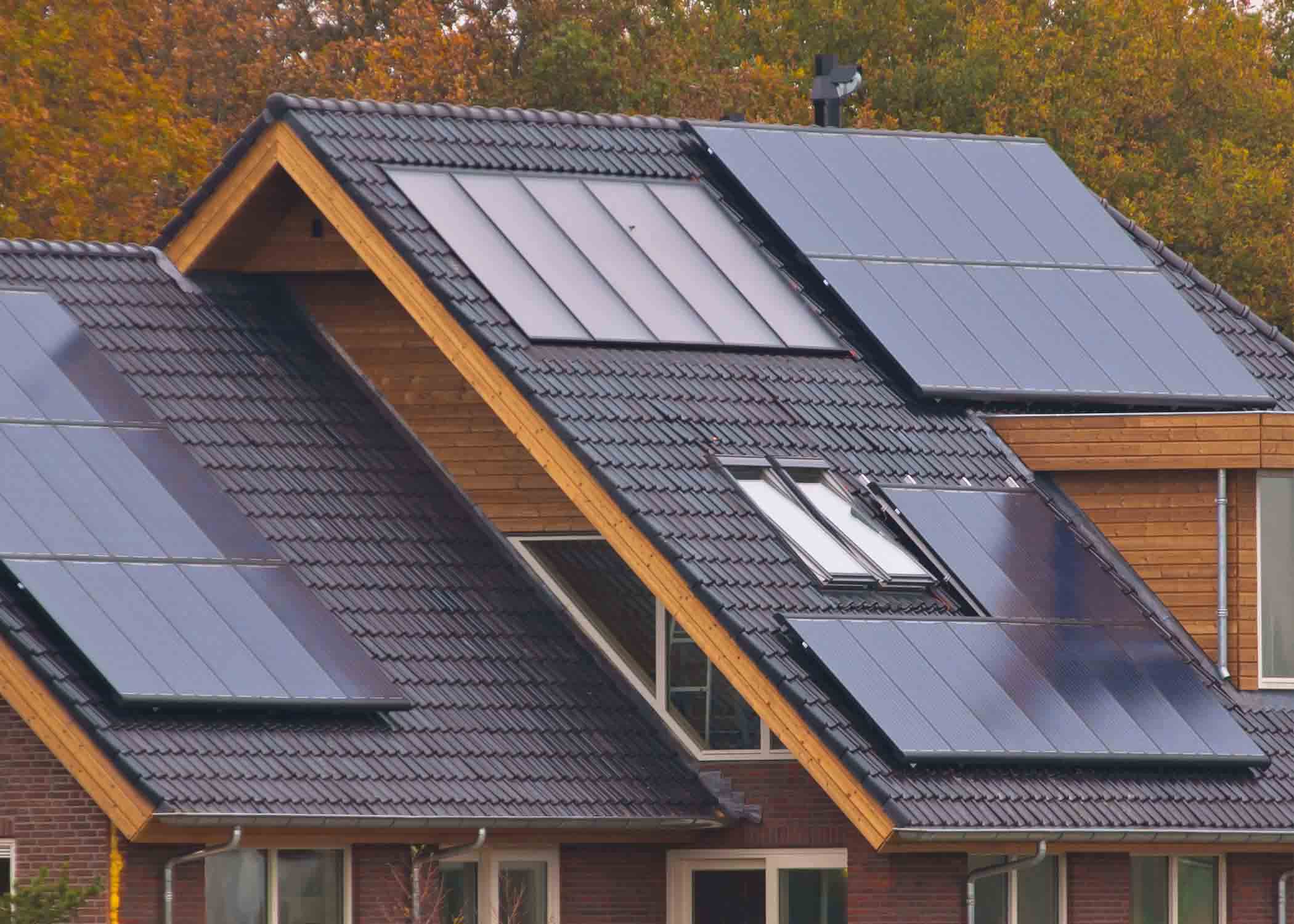Kilowatt hours measure energy usage and production.
If you’re thinking about going solar (or just want some advice on how to reduce your energy consumption), you’ve probably come across the term kilowatt-hours.
But exactly what is a kilowatt hour? And why do we need to know how many we use each month?
First things first: What is a kilowatt hour?
A kilowatt-hour (kWh) is a measure of how much energy you use over a set period of time. It determines how much you pay for electricity each month, since the utility company bills you on a cost-per-kWh basis.
Here’s how it works.
Every appliance has a rating which measures how many watts of power it uses. For example, an oven may be rated at 2000 watts, or 2 kilowatts. (1 kilowatt equals 1000 watts.)
If you cook something in that oven for 30 minutes, here’s how to calculate the total energy used:
2 kilowatts x 0.5 hours = 1 kilowatt-hour (kWh) of energy used.
To determine how many kilowatt-hours an appliance uses, simply estimate how long you use it each day, then multiply by the wattage rating.
Easy so far. But how can you use this information?
Measuring Electricity Cost Per kWh
Utility providers track your usage with a meter and bill you based on total kilowatt-hours consumed.
In America, the average cost of electricity is about 12 cents per kWh. However, that can fluctuate based on where you live as well as what time of day you use the electricity.
Many utility providers bill variable rates for Time of Use (called TOU rates). If you are familiar with the concept of surge pricing, that’s what this is: electricity costs more when lots of people are using it.
There’s less demand during the day, so the rate is lower. When people come home from school and work, the rate goes up because the demand is higher.
You can usually find the breakdown of TOU rates on your utility provider’s website, or right on the electric bill.
But it might be quicker to measure how those costs average out based on your usage patterns. Divide your monthly payment by your total kWh usage to get your average cost of electricity:
$130 electric bill / 1,237 kWh used = 10.51 cents per kWh
How Kilowatt Hours Factor into Solar System Sizing
Understanding kilowatt hours is key to being able to design a system that works. Without that information, your system might be too small to cover your entire energy bill (or too large, in which case you’re just throwing money away and diluting the value of your investment).
So we use your kilowatt-hour usage as the starting point in the system design process. Once you know how much energy you use, you can size your system components to match usage demands.
Our solar cost calculator can provide a ballpark system size and cost based on your kWh usage. You can also read about the math behind this formula in full detail in our article: “How Many Solar Panels Do I Need?”
To get an accurate calculation, there are a few things to take into account:
- Average monthly usage
- Peak usage (it will spike when it’s snowing or 100 degrees outside)
- Future changes in energy usage patterns
Your system should be sized to cover you year-round. Make sure to take a year’s worth of usage into account, since freezing winters and 100+ degree summers tend to skew the usage data.
Also, carefully consider whether your usage will increase in the future. If you plan to have kids, build a new shed on your property, or buy an electric vehicle, those things will eat up a lot more energy and your kWh usage will climb.
You don’t need to build for future usage now, but it helps to plan your system with expansion in mind. Certain pieces of equipment are designed to facilitate expansion, like microinverters and lithium batteries.
Read more: Best Grid-Tie Solar Inverters >> | Best Solar Batteries >>
Why Kilowatt Hour Usage Is So Important For Off-Grid properties
When you’re connected to power lines, finding all this information is simple. Just grab your latest electric bill. Your provider prints your kWh usage on your bill every month, and some list their cost-per-kWh rates as well.
This makes it easy to do the math on system size. You can also drop the number into our solar cost calculator for a quick ballpark cost and sizing estimate.
Off-grid systems are different.
When you go off the grid, you likely won’t have a precedent to figure out how much energy you will use. Instead, you’ll need to fill out a load evaluation sheet, listing each appliance manually and estimating how much you will use them each day.
Daily kWh usage is crucial to building a system that can supply uninterrupted power to your off-grid property.
You don’t want to look at your yearly usage, but rather your needs on a day-to-day basis. The goal is to store enough power to cover yourself if any problems arise (like severe weather or equipment failure).
People tend to store about a day’s worth of power in their battery bank, and lean on a generator for backup. But you can plan for more cushion with your battery bank if you want the extra peace of mind.
To estimate daily usage, find the kWh usage (wattage x hours in use each day) for every large appliance in your off-grid home and add them all together.
The total is your daily usage, which can be used as the basis to size your system:
Daily kWh Usage ÷ Sun-Hours ÷ 0.9 (inefficiency factor) = Minimum Solar Array Output
How to Estimate Solar Cost Based on Kilowatt Hour Usage
Got your kWh usage on hand? Plug that info into our solar cost calculator to see how much it might cost you to go solar.
Grid-tied systems tend to pay for themselves quickly. It’s reasonable to expect to break even on your investment within 5 years.
Off-grid systems cost more and come with different expectations. Unlike grid-tie systems, the value in off-grid systems isn’t necessarily making a profit from your investment.
Instead, it should be viewed as a means to generate energy where there is no access to power lines. To determine whether off-grid solar is the right choice, you should compare it against the cost of other methods to generate power, like wind turbines or gas generators.
Interested in solar, but not quite sure where to start? Download our Getting Started Guide to get up to speed with the essentials.




